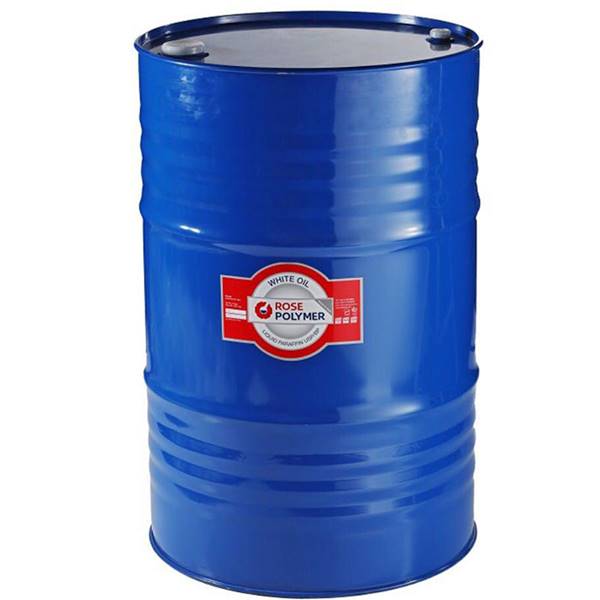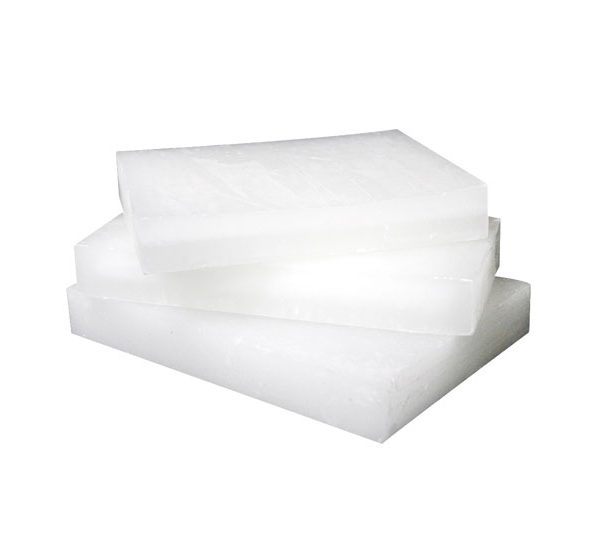History
Paraffin wax was first created in 1830 by the German chemist Karl von Reichenbach when he tried to develop the means to efficiently separate and refine the waxy substances naturally occurring in petroleum. Paraffin represented a major advance in the candlemaking industry because it burned more cleanly and reliably and was cheaper to manufacture than any other candle fuel. Paraffin wax initially suffered from a low melting point; however, this shortcoming was later remedied by the addition of harder stearic acid. The production of paraffin wax enjoyed a boom in the early 20th century as a result of the growth of the meatpacking and oil industries which created paraffin and stearic acid as byproducts.
Manufacturing
The feedstock for paraffin is slack wax, which is a mixture of oil and wax, a byproduct from the refining of lubricating oil.
The first step in making paraffin wax is to remove the oil (de-oiling or de-waxing) from the slack wax. The oil is separated by crystallization. Most commonly, the slack wax is heated, mixed with one or more solvents such as a ketone and then cooled. As it cools, wax crystallizes out of the solution, leaving only oil. This mixture is filtered into two streams: solid (wax plus some solvent) and liquid (oil and solvent). After the solvent is recovered by distillation, the resulting products are called “product wax” (or “press wax”) and “foots oil”. The lower the percentage of oil in the wax, the more refined it is considered (semi-refined versus fully refined). The product wax may be further processed to remove colors and odors. The wax may finally be blended together to give certain desired properties such as melt point and penetration. Paraffin wax is sold in either liquid or solid form.
Applications
In industrial applications, it is often useful to modify the crystal properties of the paraffin wax, typically by adding branching to the existing carbon backbone chain. The modification is usually done with additives, such as EVA copolymers, microcrystalline wax, or forms of polyethylene. The branched properties result in a modified paraffin with a higher viscosity, smaller crystalline structure, and modified functional properties. Pure paraffin wax is rarely used for carving original models for casting metal and other materials in the lost wax process, as it is relatively brittle at room temperature and presents the risks of chipping and breakage when worked. Soft and pliable waxes, like beeswax, may be preferred for such sculpture, but “investment casting waxes,” often paraffin-based, are expressly formulated for the purpose.
In a histology or pathology laboratory, paraffin wax is used to impregnate tissue prior to sectioning thin samples of tissue. Water is removed from the tissue through ascending strengths of alcohol (75% to absolute) and the tissue is cleared in an organic solvent such as xylene. The tissue is then placed in paraffin wax for a number of hours and then set in a mold with wax to cool and solidify; sections are then cut on a microtome.















Reviews
There are no reviews yet.